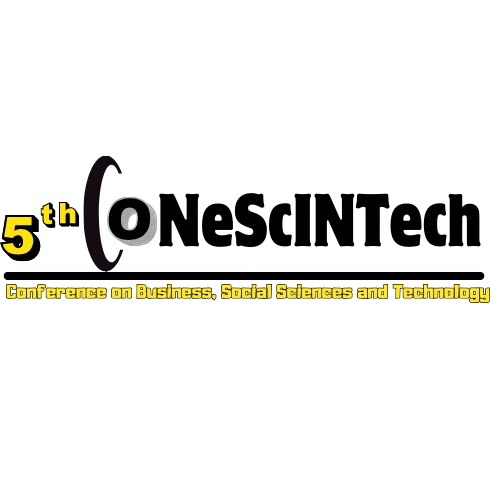Revitalization of the Marina City Batam Area Through the Development of Coastal Public Spaces Based on Sustainable Tourism
DOI:
https://doi.org/10.37253/conescintech.v5i1.10463Keywords:
Revitalization, Marina City, Public Space, Waterfront Architecture, SustainabilityAbstract
Marina City, initially developed as an integrated tourism complex, has declined into a dead zone due to land-use changes and poor management, causing economic decline, loss of Malay cultural identity, and environmental degradation. This study aims to formulate a revitalization strategy through coastal public space design that integrates cultural values, maritime architecture, and sustainable tourism principles. The research employed community preference surveys, literature review, and site analysis to generate a contextually adaptive design framework. Results indicate that 67% of respondents favored a Modern Vernacular approach, realized through the Solmera Obelia concept, which combines Malay cultural identity with modern elements in public open spaces, family recreation facilities, and eco-friendly materials. The proposed revitalization demonstrates how integrating cultural, social, and ecological dimensions can transform Marina City into an inclusive, resilient, and sustainable waterfront destination, while simultaneously strengthening cultural identity and supporting local socio-economic recovery. m for public spaces that are flexible, family-friendly, and environmentally adaptive. This design not only restores the area’s image but also strengthens social connectivity and supports sustainable coastal tourism in Batam.












